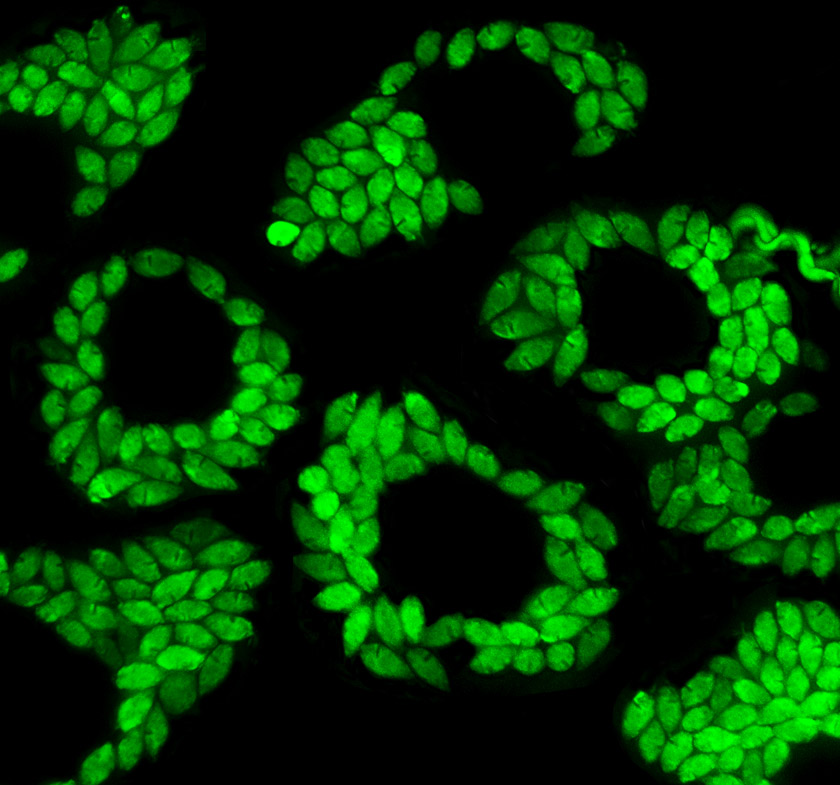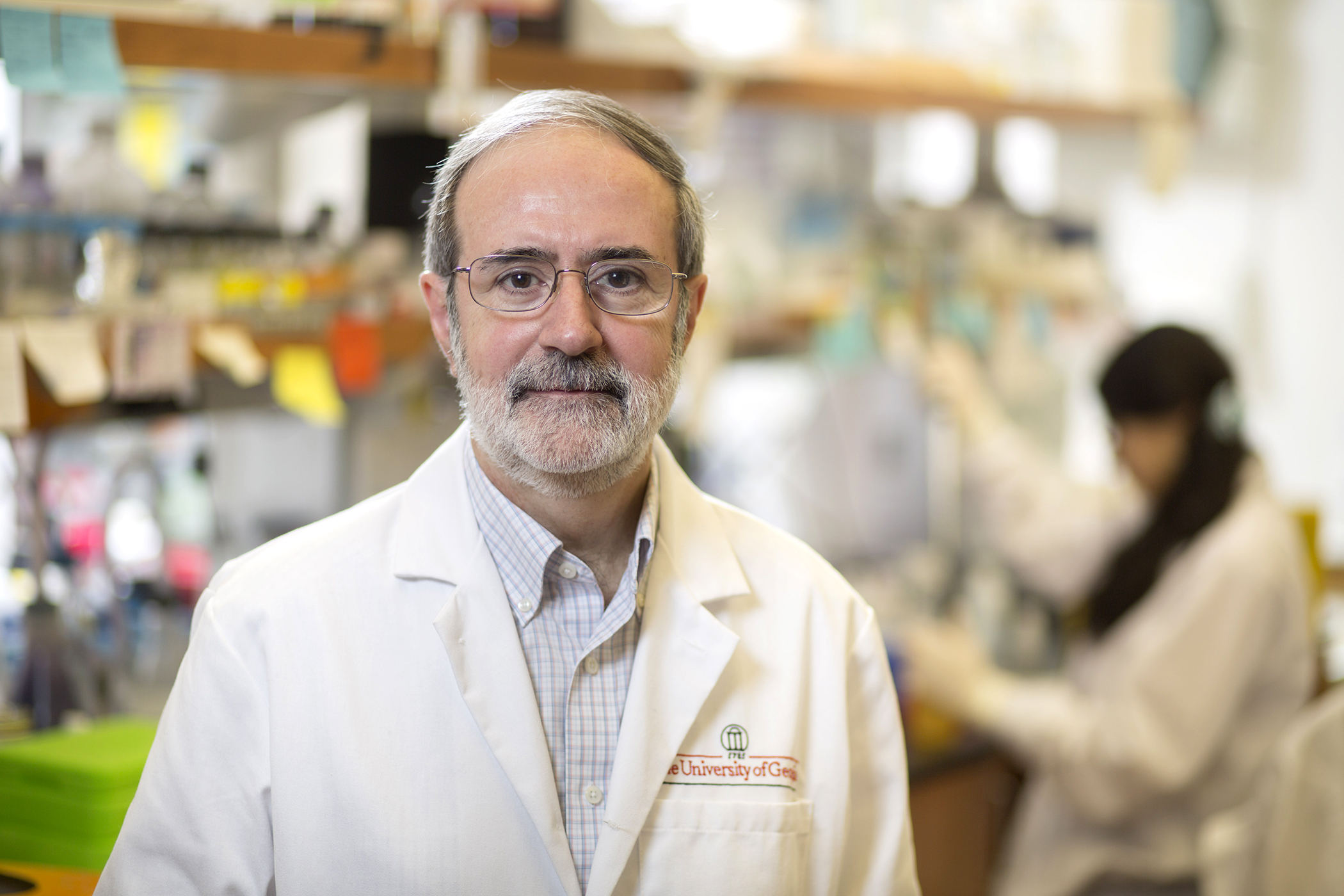Trypanosoma cruzi Letm1 is involved in mitochondrial Ca 2+ transport, and is essential for replication, differentiation, and host cell invasion
Leucine zipper-EF-hand containing transmembrane protein 1 (Letm1) is a mitochondrial inner membrane protein involved in Ca2+ and K+ homeostasis in mammalian cells. Here, we demonstrate that the Letm1 orthologue of Trypanosoma cruzi, the etiologic agent of Chagas disease, is important for mitochondrial Ca2+ uptake and release. The results show that both mitochondrial Ca2+ influx and efflux are reduced in TcLetm1 knockdown (TcLetm1-KD) cells and increased in TcLetm1 overexpressing cells, without alterations in the mitochondrial membrane potential. Remarkably, TcLetm1 knockdown or overexpression increases or does not affect mitochondrial Ca2+ levels in epimastigotes, respectively. TcLetm1-KD epimastigotes have reduced growth, and both overexpression and knockdown of TcLetm1 cause a defect in metacyclogenesis. TcLetm1-KD also affected mitochondrial bioenergetics. Invasion of host cells by TcLetm1-KD trypomastigotes and their intracellular replication is greatly impaired. Taken together, our findings indicate that TcLetm1 is important for Ca2+ homeostasis and cell viability in T cruzi.
Guilherme Rodrigo Rm Dos Santos, Ana Catarina Rezende Leite, Noelia Lander, Miguel Angel Chiurillo, Aníbal Eugênio Vercesi, Roberto Docampo. FASEB J. 2021 Jul;35(7):e21685. doi: 10.1096/fj.202100120RR








